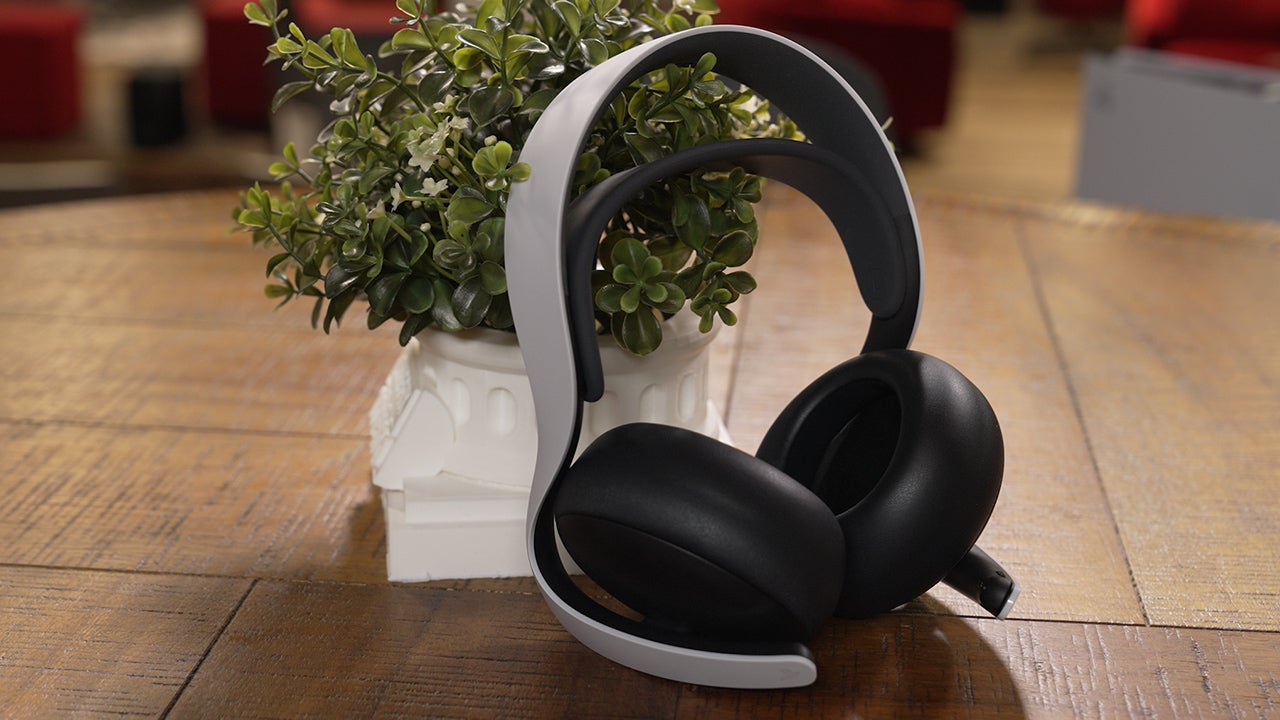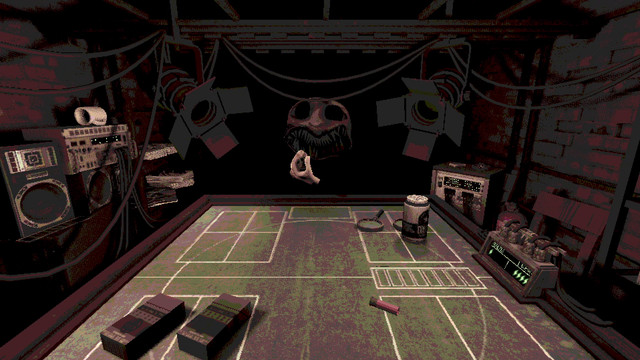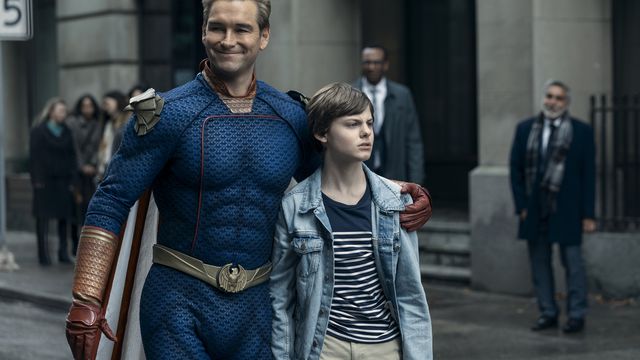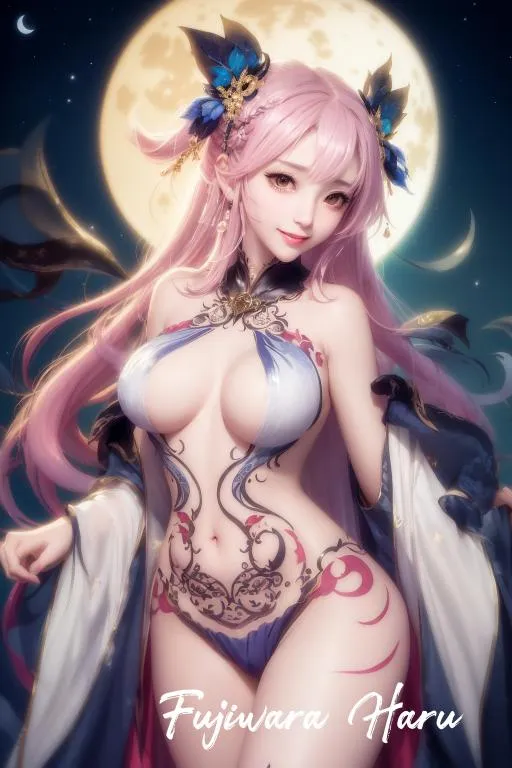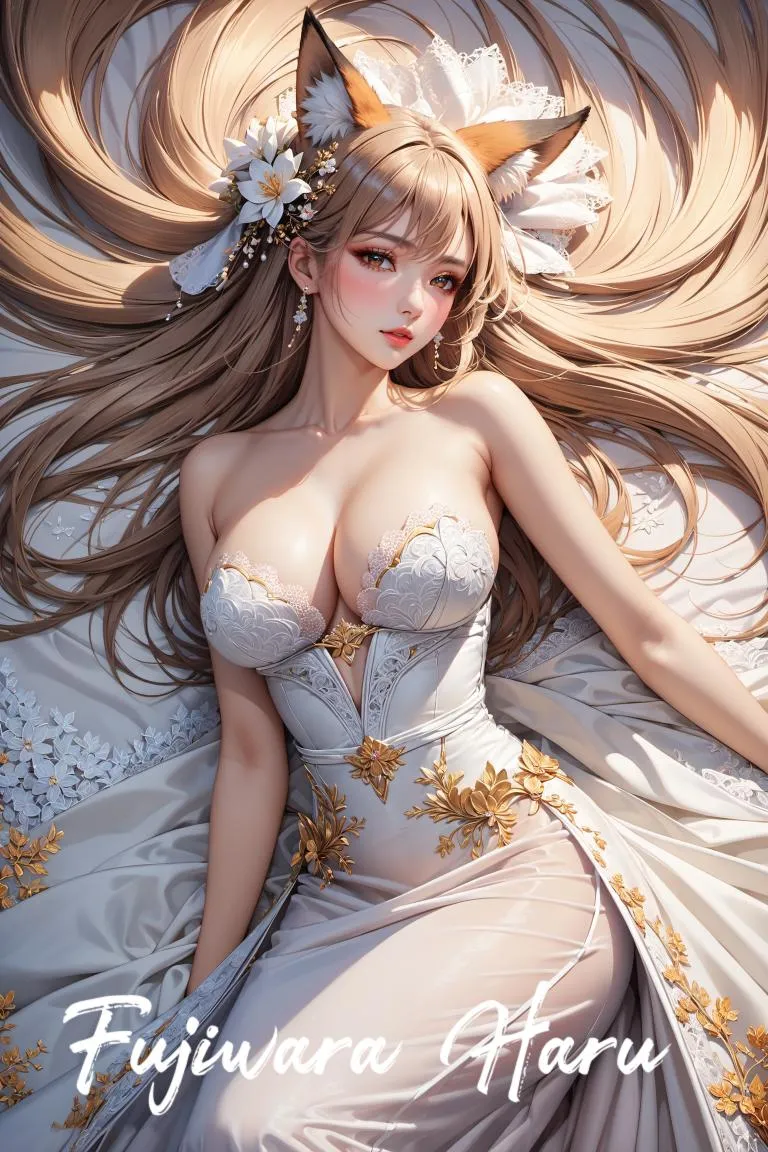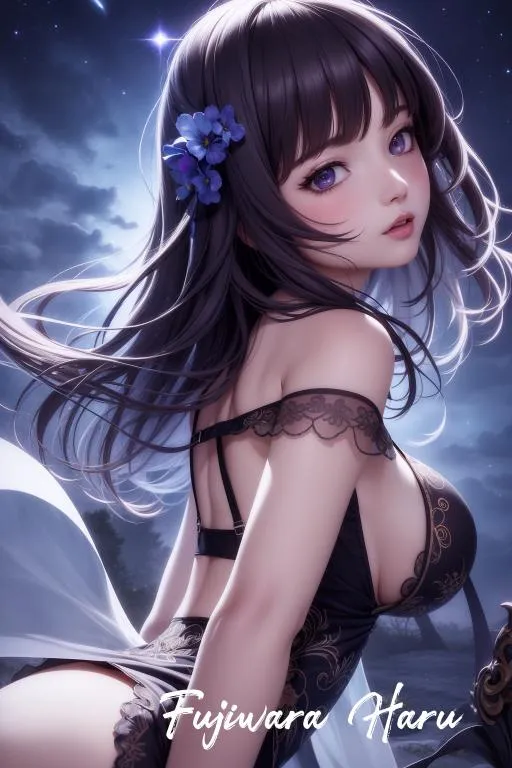It’s the 25th North American anniversary of The Legend of Zelda: Ocarina of Time today – and after taking a look back at what it was like to play the game for the first time all those years ago, I’d be remiss if I didn’t tell the tale of Ocarina of Time’s elusive twin as part of my ongoing column, Forgotten Gems. If you were one of the lucky half million people who preordered Wind Waker in Japan or the US in 2002/2003, you may have received one of the greatest preorder incentives in the history of gaming: The Legend of Zelda: Ocarina of Time / Master Quest Two-Game Bonus Disc. In parts of Europe, the disc was included with the special edition of Wind Waker instead.
While the alignment with GameCube’s popular Zelda installment doesn’t exactly make it a truly rare gem, it’s been very quiet around Nintendo’s elaborate take on the New Game+ concept in recent years. Here's the story of how it came to be and why it deserves to be resurrected a third time.
Nintendo's Doubly-Delayed Disk Drive Disaster 64
My connection with the Master Quest edition of one of my favorite games of all time goes back all the way to 1995 when Nintendo first teased its Nintendo 64 “bulky drive” add-on, known as the 64DD at its annual Shoshinkai Show in Japan. Nintendo promised that the drive would solve the storage limitations and cost issues some publishers – such as top SNES third-party publisher Square – were complaining about when Nintendo announced it would stick with cartridges as the storage format of choice with the N64. But it also highlighted the ability to create expansions for existing games and allow for more dynamic worlds. The latter became more of a focus when Nintendo finally showed off footage of what would become The Ocarina of Time a year later at Shoshinkai 1996 – including the confirmation that the anticipated Zelda sequel would be made exclusively for the 64DD.
The concept was intriguing. Not only would the in-game world be more expansive since the 64DD allowed for more storage than cartridges, it would also be fully interactive. It may all seem quaint in hindsight, but back then, we were thoroughly enthralled by the notion that a virtual world would be so sophisticated that you could dig a hole in the ground and the hole would stay for the rest of the game, or that Link’s footsteps in the sand would never fade. You can imagine that this solution to a long-standing technical limitation -- that EEPROM rewritable storage space was limited and expensive -- freed Nintendo's designers' imagination. Surely, games like Doubutsu Mori / Animal Forest (whose sequel was later released as Animal Crossing in the west) owe their existence to thinking beyond what games could "remember" at the time.
The dream of a persistent Hyrule didn’t last long. Just a year later, Nintendo announced that Zelda 64 was going to release on cartridge instead. Lukewarm reception of the 64DD, falling cartridge ROM prices, and some unexpected challenges with the drive’s load speed and seek time put the nail in the coffin of Link’s standalone DD adventure.
“ROM cartridges don't have moving mechanical parts, so you can retrieve motion data in an instant wherever it is, but with a magnetic disk, it takes time to move certain mechanical parts, so depending on where the data is, it takes time to retrieve it, so you couldn't make Link move,” Satoru Iwata said in his Iwata Asks column in 2011. “If there weren't many movements and you could fit them in the memory, you could read them to memory from the magnetic disk beforehand, but there were 500 patterns.”
Yoshiaki Koizumi, who handled the animations system for Link is quoted to have said “I can't move my Link on the Nintendo 64DD” – and expressed relief that the game was moved to cartridge. “I think some people were disappointed, but some were happy—none more than myself!”
As fans of Nintendo’s games, we were of course disappointed that we weren’t going to play what could’ve been, but we also didn’t have to wait long for another surprise when Shigeru Miyamoto revealed that an Ocarina of Time add-on adventure was in the works, code-named “Ura Zelda”. “Ura” being the Japanese word for “another” or “other side” – almost implying the B-Side of a hit single. I asked Mr. Miyamoto about the game in a 1998 interview and he shared:
"Ocarina of Time has been designed with the disk drive system in mind. More specifically, if you connect Zelda with the disk drive, an icon will appear on screen, announcing 'Ura-Zelda', or 'Another Zelda'. There were several ideas that I could not incorporate [in the current game] because of the time shortage and other reasons. In the future, I want some new areas and new dungeons to be available for players who have already finished Ocarina of Time, where they will find new challenges.”
There is Another
This Ura Zelda 64DD add-on disk was to be released in 1999, a year after Ocarina of Time – in Japan, of course, as Nintendo of America had no plans to bring the disk drive to the US. Many rumors followed, including speculation about Ura Zelda moving to a lock-on cartridge a la Sonic 3 & Knuckles or having morphed into a new on-cartridge project codenamed Zelda Gaiden (Zelda Side-Story) that was to remix Ocarina of Time and feature new adventures with the same characters. In an interview in Famitsu Magazine in 1999, Nintendo squashed those rumors and confirmed that the two were distinct projects. Zelda Gaiden would later be revealed as, you guessed it, Majora's Mask.
At this point, Nintendo was probably sick of answering Ura Zelda questions and we all assumed the project had been canceled.
As a proud owner of a Nintendo 64DD at launch in late 1999, one of the first things I did when I docked a Japanese N64 with my newly acquired drive was to insert the Japanese retail version of Ocarina of Time. What I found – a message asking me to insert the Legend of Zelda DD disk – added insult to injury. Like with Rare’s infamous Stop ‘n Swop teases in Banjo-Tooie, I had found the remnants of a cool project never to see the light of day.
Then, in August 2000, Mr. Miyamoto casually let the press know that Ura Zelda was actually complete – but there were still no concrete release plans. We stopped asking.
Resurrected on GameCube
If you dig into IGN’s archives, you’ll find plenty of stories about projects that were started, frequently talked about, but eventually abandoned or combined with others – but the Ura Zelda one had a surprising and happy ending. I remember being floored when I read in Famitsu in November 2002 that The Legend of Zelda: Ocarina of Time GC Ura was hitting GameCube as part of a special preorder campaign. It had been six years since the first mentions of a 64DD Zelda game – and after so many rumors of its demise, the game had actually survived and was going to be mine.
By the time I first got to play the elusive Ura Zelda – now titled Master Quest – for western audiences, I already knew what to expect. Master Quest remixes the contents of all the dungeons in the Ocarina of Time campaign. The visuals, audio, story and progression are beat for beat the same, but once you open the door to step into one of the game’s tricky temples, all bets are off.
Here’s a description from the IGN Walkthroughs for both the original quest and the remix for the same room found in the Water Temple:
The effect of playing Master Quest for the first time is unique – or at least, it was, until the age of remakes that remixed and enhanced the campaigns of our favorite single-player games. How often had we said that we’d love to erase our memories of a classic game to be able to experience it for the first time! Master Quest effectively does that, going from expert players blazing through familiar territory to being utterly stumped when encountering major changes and no doubt channeling Gandalf more than once, mumbling to themselves: “I have no memory of this place.”
I reviewed Master Quest in 2003 and loved it. The very concept of it being a “B-Side” to the main attraction very much held true. Playing Master Quest after Ocarina of Time is a wonderful experience for Zelda (dark)nuts like myself, but the remixes are not quite as good as the originals.
It turns out that Nintendo was prescient when it first played around with the concepts that would lead to Ura Zelda. Today, developers update their games to fix things, add new modes, and in some cases, turn their games into something more akin to seasons of TV shows that take their players on a journey that changes and evolves over time. The concept of buying an entire device and a disk to remix an existing game seems hilarious today. Why not release a new version of the game on whatever storage medium it came on? Well, Nintendo's developers wanted the best of both worlds: fast access to data stored on the cartridge itself and more rewritable space and content loaded from a cheaper storage medium. Nintendo dragged its feet more than its console competitors when it came to embracing expanded internal storage and online DLC, but as so often, it came up with a brilliant gameplay idea and then designed technology around it.
The 64DD ended up being a dead end. It wasn’t just Link that wouldn’t “run” on 64DD. None of the standalone titles are worth playing (the F-Zero Expansion Disk is another story). The originally planned Zelda DD game -- possibly a combination of Ocarina of Time, Majora's Mask, and Ura Zelda if files found in the 2020 "Gigaleak" were any indication -- was of course never released. But we can only hope that Nintendo someday returns its old bag of tricks and gives us as extensive of a remix of a classic game as it did with Master Quest.
Where Can You Play it Now?
A copy of the GameCube Two-Game Bonus Disc will run you about $60-80 on eBay nowadays -- so if you've held on to Nintendo's little box, it's not too hard to track down. And Master Quest resurfaced one final time as a true New Game+ mode for The Legend of Zelda 3D on Nintendo 3DS. In addition to featuring all the remixed dungeons, the visuals were displayed mirrored, too, so it’s a different experience from the N64 (well, GameCube) original.
Today, Ocarina of Time is still revered and often talked about – but its unique expansion gets nary a mention. As a matter of fact, according to our IGN Playlist game tracking service, fewer people have played it than spin-offs like Link's Crossbow Training. Given Nintendo’s recent moves to bring forgotten and rarely seen games to the Nintendo Switch Online service, let’s pour one out for the original Zelda DLC. It’s time for another go at “Another Zelda”.
To update which games in the expansive Zelda series you've played, finished, or still want to play, please use this playlist of every Zelda game released so far:
Peer Schneider is a co-founder of IGN Entertainment, this website's parent company since 1999. He is also a collector of all things Nintendo -- and Zelda -- and may someday be able to fill a swimming pool with Joy-Con controllers.
